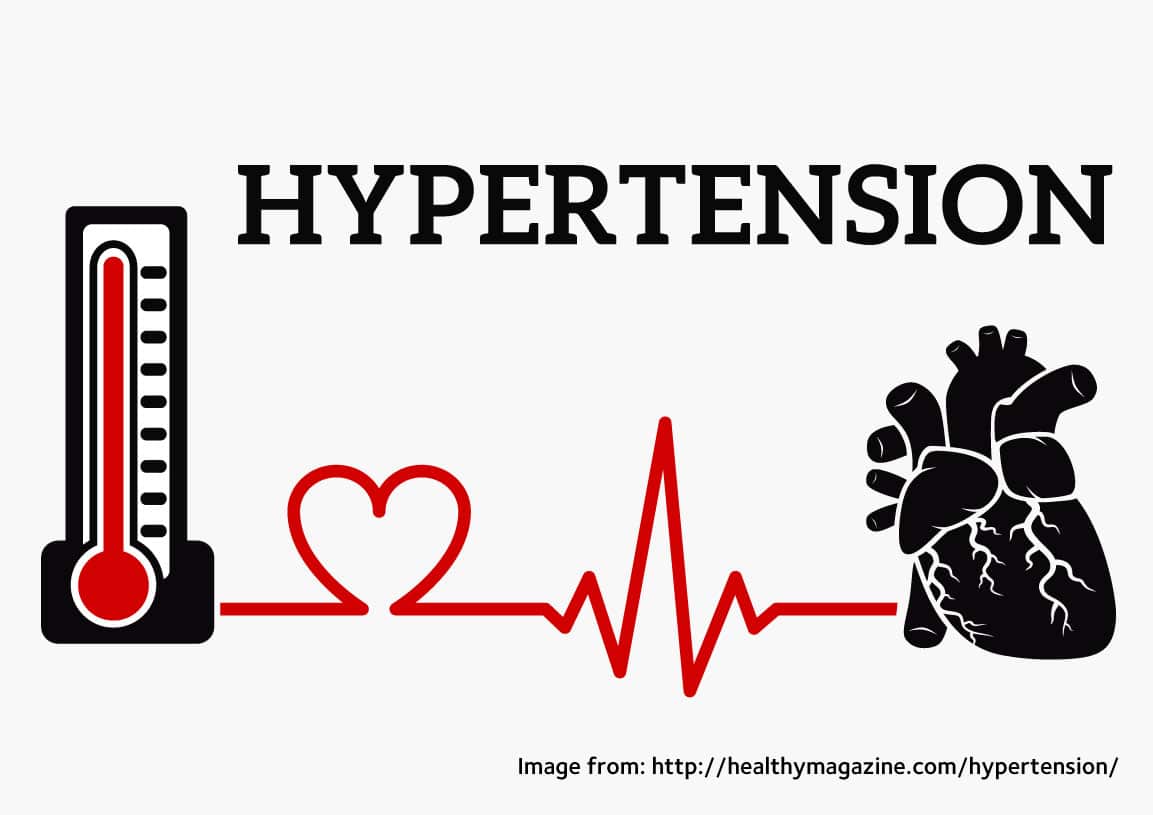By Sevda Boyanova, @boyanova_s, and Hao Wang, @olivia_hao, King’s College London, UK
In England, more than 1 in 4 adults are affected by high blood pressure, making it the third most common cause of premature death, after smoking and poor diet. Globally, 1.5 billion people are expected to have high blood pressure by 2025. This ‘silent killer’ usually occurs without symptoms, and contributes to more than half of heart attacks and strokes.

Recently, scientists have revealed a connection between high blood pressure and the disruption of the gateway to the brain’s blood circulation, called the blood-brain barrier. These disruptions might lead to problems in the part of our nervous system involved in heart rate and blood pressure regulation (called the autonomic nervous system), thus contributing to high blood pressure.
So, how exactly does the blood-brain barrier work? The blood-brain barrier is the boundary between the blood flow that is circulating around our body, and the brain. Its function is two-fold: it regulates the balance of molecules flowing in and out of the brain, and also protects the brain from toxic substances. It’s formed by the cells that make up the walls of capillaries, tiny blood vessels in the brain. These cells, called endothelial cells, are joined together tightly so that blood contents cannot cross into the brain like they do in other parts of the body. The cells of the brain capillaries also contain transporters which move specific molecules across the walls of the capillaries. Surrounding the capillaries are three types of cells – astrocytes, pericytes and microglia – which work together with them to maintain a stable blood composition, allowing the brain to function properly. Scientists have implicated three players in the link between the blood-brain barrier and high blood pressure.

The first is a molecule involved in increasing blood pressure by constricting blood vessels (called angiotensin II). Angiotensin II can make the blood-brain barrier more porous which may affect the nervous system’s control of blood pressure. However, at the moment it is not clear if blood-brain barrier disruptions happen prior to or as a result of high blood pressure.
The second is molecules involved in the immune response. High blood pressure is related to low levels of inflammation (the first response when a threat to the body is detected), which is enough to activate the immune system. This activation leads to more inflammatory cells and molecules in the blood. These molecules can affect the structure of the blood-brain barrier, weakening it. Researchers have shown an increase in molecules that take part in the inflammatory response and in the production of white blood cells, during high blood pressure and heart failure. Therefore, these factors may play a part in the initial dysfunction in the blood-brain barrier, and may work alongside angiotensin II to worsen the disease.
The final player comes from the brain itself, in the form of cells that mediate inflammation. These are some of the brain cells that aren’t neurons, called astrocytes and microglia. These cells are normally involved in maintenance, surveillance and repair of the brain. However, researchers have found that microglia might be responsible for sustaining high blood pressure and astrocytes might work together with the microglia to release inflammatory molecules in response to infection by bacteria or viruses. Therefore, glial cells might have an effect on the blood-brain barrier’s ability to keep harmful molecules out. Also, there is evidence that glia could influence the activity of the autonomic nervous system (involved in heart rate and blood pressure regulation); in animal models, increased glial activation happens in brain regions important for the control of blood pressure.
The growing area of research on the link between the blood-brain barrier and high blood pressure is exciting because the blood-brain barrier is a very important target for new therapeutics. Further investigation of the mechanisms involved in maintaining the integrity of the blood-brain barrier will be useful for developing interventions targeted at treating or limiting the progression of conditions such as high blood pressure.
Reference:
Setiadi, A. et al., 2017. The role of the blood-brain barrier in hypertension. Experimental Physiology.
